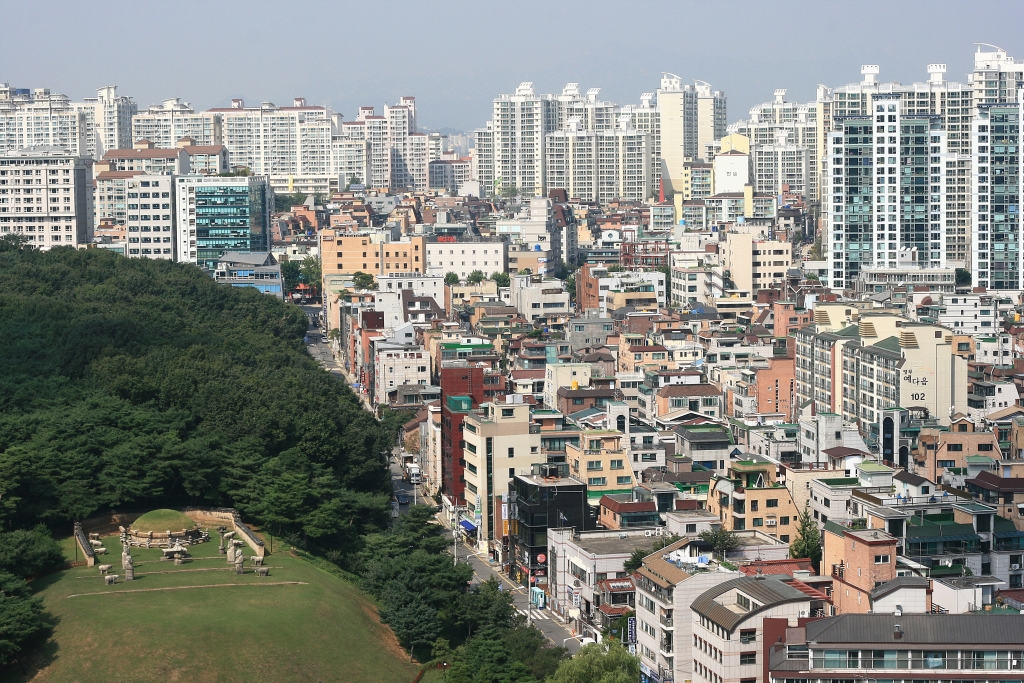The Numbers
South Korea is Asia’s fourth-largest economy, centered in the growing metropolis of Seoul. The country is one of a few that didn’t enter the recession in 2009, according to Stale Okland, ceo, Global Retail Trends (Stavanger, Norway), who says that fluctuations in currency exchange rates during the global financial crisis actually made South Korea a bargain for wealthy East Asians. During the past four decades, South Korea has gone from a GDP per capita level near those of poorer African and Asian countries to a trillion dollar economy among the top 20 in the world, according to the “CIA World Factbook.”
The Pulse
With a population over 20 million, the Seoul Metropolitan Area is home to dozens of universities and medical and research institutions, the country’s financial and technological centers and such international brands as Samsung, LG and Hundai-Kia. The city was named the 2010 “World Design Capital” by the International Council of Societies of Industrial Design, in part due to the scheduled completion of Dongdaemun Design Plaza and Park, a Zaha Hadid-designed 279,000-square-foot plaza that includes a multipurpose park, design museum and library.
The Hotspots
Apgujeong is Seoul’s elite retail district, boasting flagship-lined streets housing the likes of Chanel, Armani and Dolce & Gabbana, according to Matt Schaefer, environmental designer, Interbrand Design Forum (Dayton, Ohio). Seoul’s Gangnam Station is a bustling subway stop crowded with underground shops and multilevel retail outlets on street-level. Other popular retail districts are Myeong-dong, Sinchon and Daehangno. South Korea’s second-largest city, Busan, is located on the peninsula’s southeastern-most tip and is home to the world’s largest department store, the Shinsegae flagship, and the Gwangbok Harbor District, where Lotte is currently developing a retail complex that includes a 150-story tower.
Advertisement
The Opportunities
After the Asian financial crisis of 1997-98, South Korea enacted reforms that were more open to foreign investment and imports. The country has recently signed free trade agreements with both the U.S. and The European Union, and Okland says the 2007 U.S.-Korea Free Trade Agreement (KORUS FTA) provided significant benefits for retailers through trade liberalization, reducing tariffs and non-tariff barriers and creating dependable sourcing.


 Photo Gallery3 days ago
Photo Gallery3 days ago
 Headlines1 week ago
Headlines1 week ago
 Sector Spotlight2 weeks ago
Sector Spotlight2 weeks ago
 Headlines1 week ago
Headlines1 week ago
 Headlines4 days ago
Headlines4 days ago
 Headlines2 weeks ago
Headlines2 weeks ago
 Designer Dozen1 week ago
Designer Dozen1 week ago
 Headlines2 days ago
Headlines2 days ago














